
Several effective physical rehabilitation techniques can be used in critically ill patients.

Several effective physical rehabilitation techniques can be used in critically ill patients.
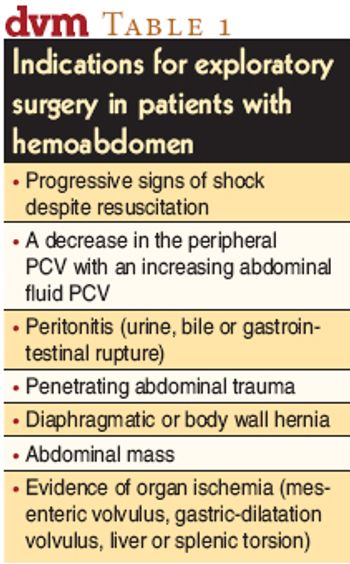
Important interventions to help you improve a patient's chances of survival.
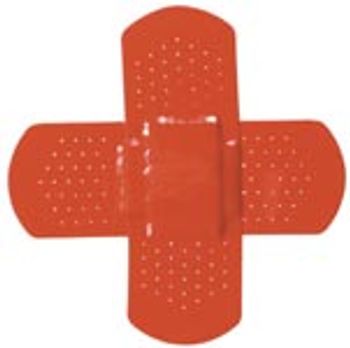
A Q&A with emergency and critical care veterinary practitioner Susan Barnes

A number of respiratory emergencies may ultimately require surgical intervention, but the surgical techniques most likely to be indicated on an emergent basis are tube tracheostomy, tracheal resection/anastomosis, tube thoracostomy, and diaphragmatic hernia repair.

Acute abdomen is the acute onset of abdominal pain that requires prompt diagnosis and immediate intervention to prevent patient deterioration. The decision to operate depends on efficient diagnostic evaluation, and the timing of the surgery should be based on what will maximize survival and minimize morbidity.

Adequate nutrition is essential for the critically ill patient. Nutrients are necessary to provide substrates for normal cellular functions, protein synthesis, and daily metabolic processes. The critical patient is often in a hypercatabolic state, so early nutrition is essential to prevent glycogen depletion, immune dysfunction, and loss of body mass, and to provide substrates for wound healing.

Watch how Dr. Tim Crowe uses these three innovative tools in his critical care patients.

The numbers of oiled wildlife in the Gulf region continue to grow.

Ithaca. N.Y. -- Cornell University?s College of Veterinary Medicine isn?t planning on waiting for customers to come through its hospital doors. Instead, the school has signed a 10-year lease to open the Cornell University Veterinary Specialists (CUVS), a satellite referral and 24-hour emergency care hospital, in the New York metro area, by early 2011.

New York -- The ASPCA donated $15,000 to the Texas Veterinary Medical Foundation to help pay for curriculum and training of personnel to handle animal emergencies during disasters.
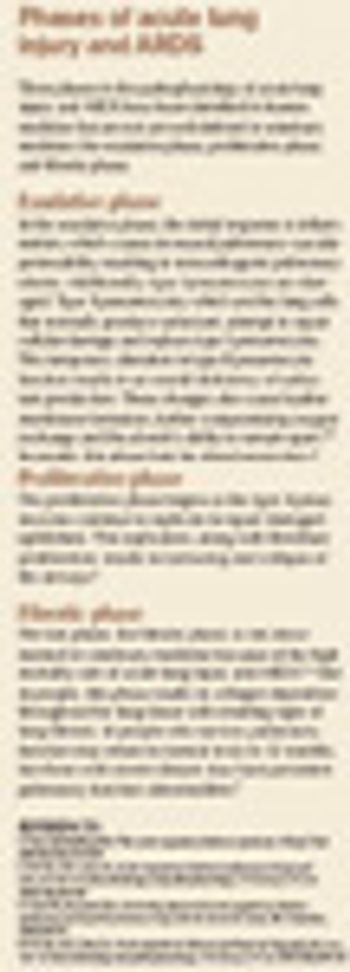
Acute lung injury and acute respiratory distress syndrome (ARDS) are challenging and frequently lethal respiratory disorders encountered in veterinary medicine.
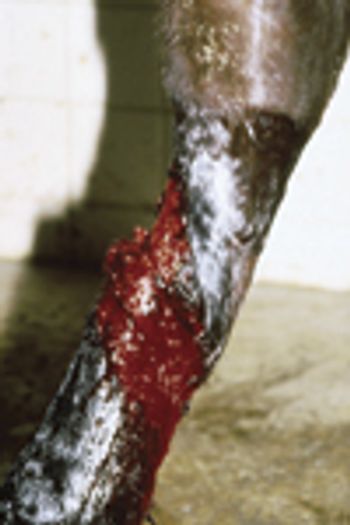
Wounds of the lower limbs of the horse can be challenging to treat successfully, especially those that may involve tendons, ligaments and synovial (joint) spaces.

Cats with respiratory distress represent a significant diagnostic and therapeutic challenge to the small animal veterinarian.
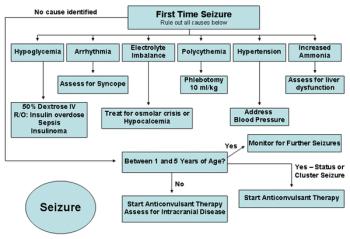
Neurological emergencies are common in small animal practice.

Trauma is a common presenting complaint in the small animal veterinary emergency room and traumatic brain injury occurs in a high proportion of these patients.
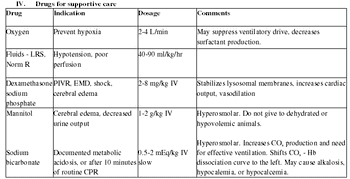
Predisposing factors that may preclude a cardiocerebral arrest should be eliminated when possible for every critical patient.

Respiratory emergencies should always be triaged quickly and with precision.

Successful CPCR is dependent on several factors, the most important factor being the true cause of the arrest.

Trauma is perhaps the most instantly recognizable cause of acute pain in man and animals and is a common cause of critical illness.

Initial triage evaluation of the post-trauma patient should include a careful evaluation of respiratory function.
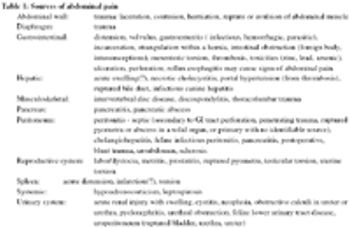
"Acute abdomen" is widely understood by clinicians as a potentially serious syndrome that is typically accompanied by spontaneous and evoked behavioral signs of pain.

It is the rapidly dividing nature of cancer cells that allows us to have success with chemotherapy protocols, and this same behavior can also lead to a crisis situation.

Respiratory dysfunction commonly occurs as a sequela of critical illness in dogs and cats.

Reintroducing the "flashing" technique, also useful for wide vascular pedicles requiring ligation

National Report -- North Dakota and Oklahoma are the latest to join a growing number of states that have passed laws to make things easier for veterinary volunteers during declared emergencies.